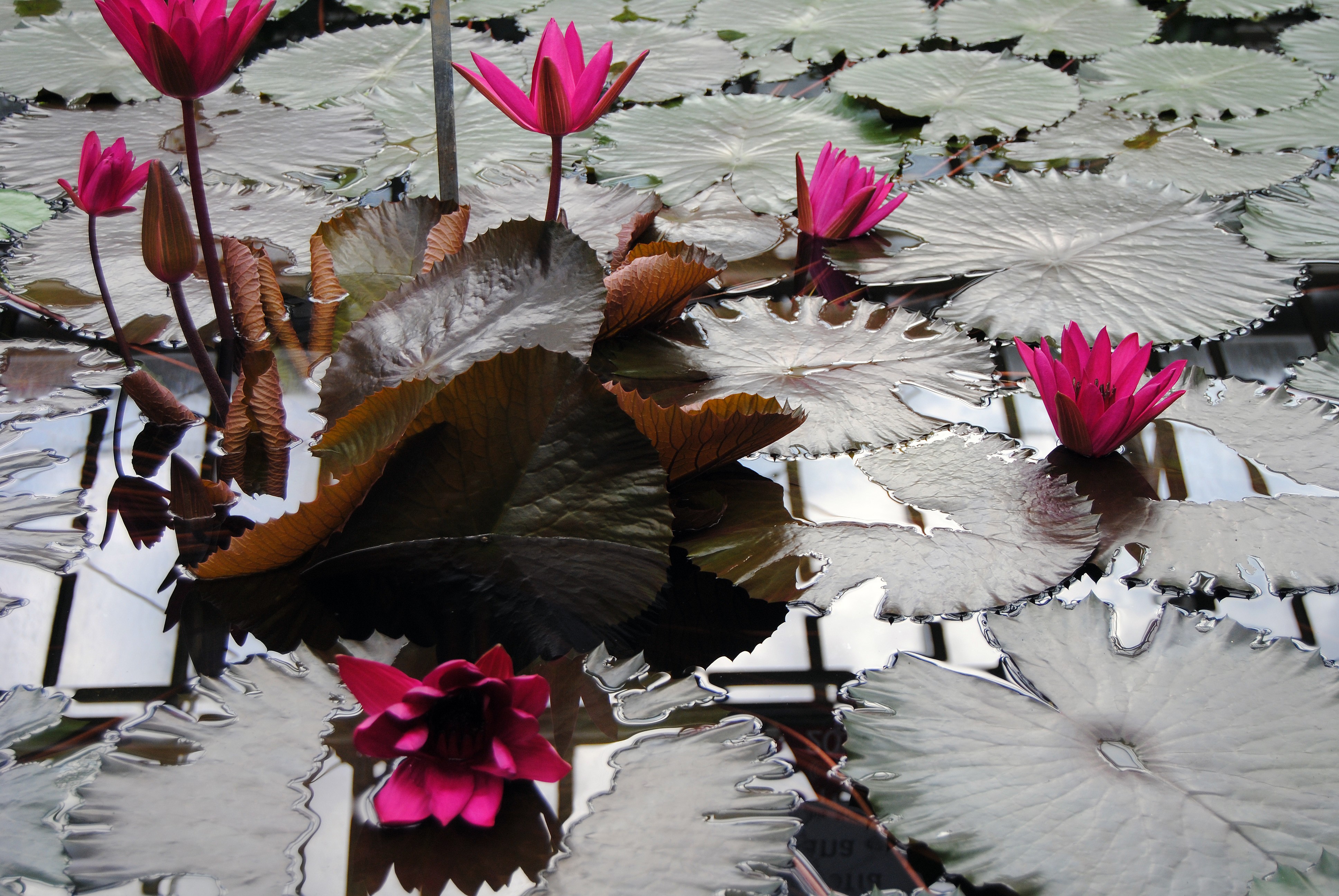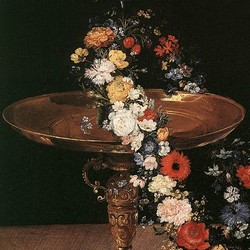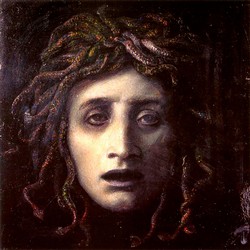
A few weeks ago we talked about lotus and water lilies, following a poem by Emanuel Geibel, Die stille Wasserrose. The point is that when Clara Schumann set the poem into music, she changed the water lily for a lotus (the reason is not known), Die stille Lotosblume, and hence the little introduction talking about both flowers. This week we will listen to another song composed upon the same poem, by Franz Liszt, in which the flower is again a water lily.
Liszt composed Die stille Wasserrose in 1860, or perhaps in late 1859, during a period of transition. They were his last months in Weimar before he left for Rome, and most likely it was one of the last songs he wrote for Emmy Genast, the court soprano.
If you think of Clara Schumann's Lied, you'll see that Liszt' approach is very different. While Schumann separates and repeats the last two verses of the poem, enhancing them and turning them into the most important moment, in a first audition of Liszt’s Lied we realize that, for him, the most important moment of the poem coincides with the rays of light that the moon pours into the flower's bosom; the score indicates a long crescendo over the last two verses of the second stanza.
In a second audition, we realize that the Lied is filled with details. Note, for example, how the vocal line begins; the score indicates sotto voce for the first three verses (and switches to dolce at the last verse when describing the flower). In the last two verses of the poem, the question, the voice returns to sotto voce. Another detail: in the first stanza, when the poet tells us that “Die Blätter flimmern und blitzen” [Its leaves glitter and glow], the composer does not conveys this idea with the piano, but does so with a series of marcato notes of the voice. And yet another one: the swan enters the scene with a delicate accompaniment and a gorgeous song, and on the words “Singen vergehn” [ to die as it sings] there is a succession of descending notes, but the voice rises again on the last syllable.
In short, many details you will fine if you listen to the song a few times. Jonas Kaufmann and Helmut Deutsch will help you, they carefully follow the indications of the score and take us to the very intimate moment that the poem describes. With this exercise of listening to different songs composed upon the same poem, we seek to discover new readings of the verses from the composer’s perspective. Two contemporary composers who were acquainted with each other both personally and musically, such as Clara Schumann and Franz Liszt, can suggest significant reflection on the poem by Emanuel Geibel.
Die stille Wasserrose
Steigt aus dem blauen See,
Die Blätter flimmern und blitzen,
Der Kelch ist weiß wie Schnee.
Da gießt der Mond vom Himmel
All seinen gold’nen Schein,
Gießt alle seine Strahlen
In ihren Schoß hinein.
Im Wasser um die Blume
Kreiset ein weißer Schwan,
Er singt so süß, so leise
Und schaut die Blume an.
Er singt so süß, so leise
Und will im Singen vergehn.
O Blume, weiße Blume,
Kannst du das Lied verstehn?
Please follow this link if you need an English translation
















